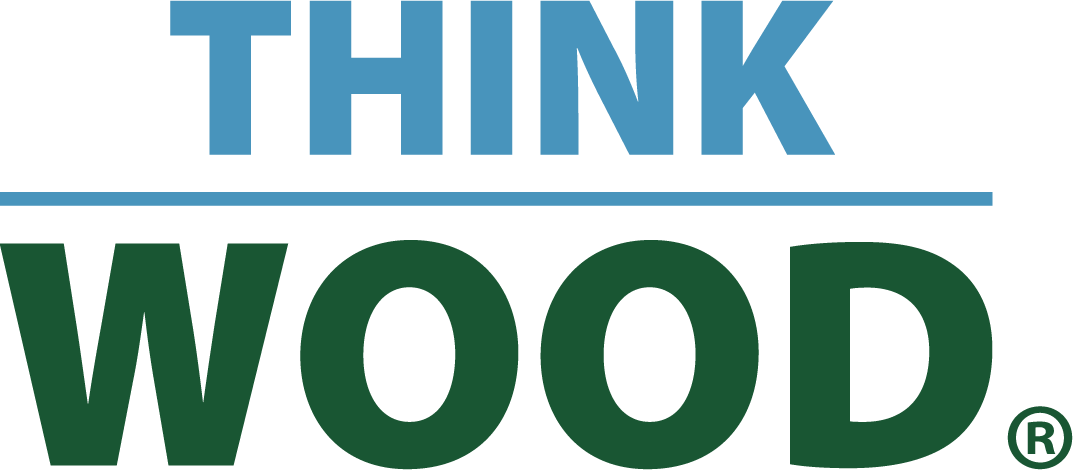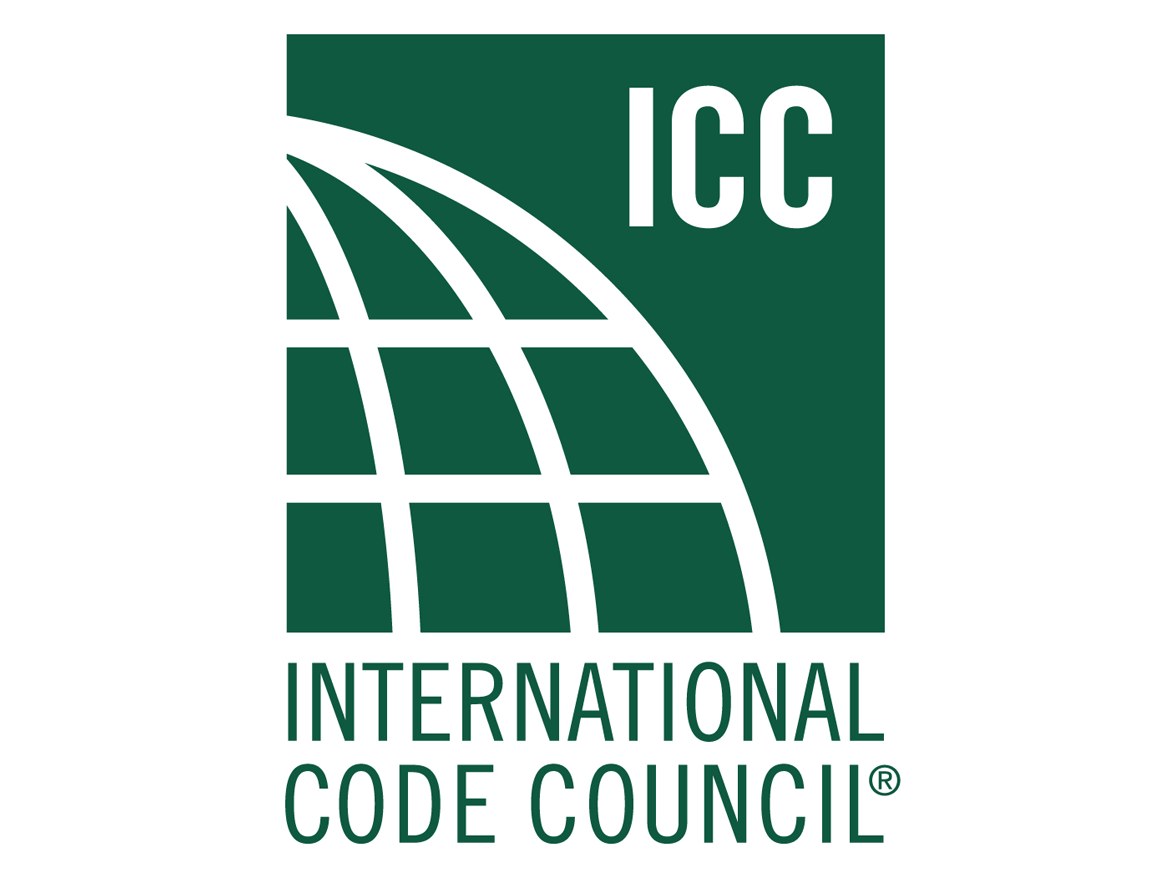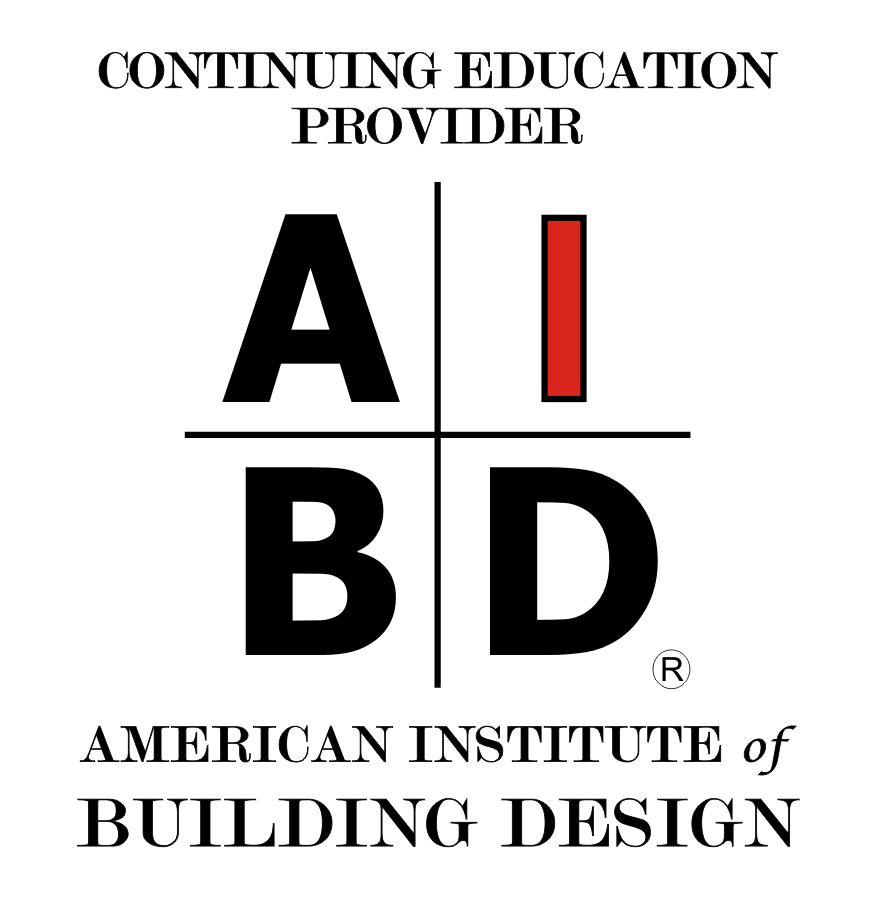Wood in Architecture: Mass Timber in Transportation Infrastructure
Sustainable Design and Engineering with Mass Timber in Transit Spaces
Sponsored by Think Wood | Presented by Kim Van Holsbeke, Kate Diamond, and Rachel Usher
Webinar On-Demand
Mass timber is a sustainable, high-performance material that is helping realize new transportation infrastructure across the United States. This course explores mass timber's role in designing and constructing bridges and transportation hubs, showcasing innovative projects prioritizing durability, sustainability, and architectural excellence. Participants will gain insight into mass timber's structural and environmental benefits, its integration into multimodal transit centers, and its contribution to reducing carbon footprints in large-scale infrastructure.
Kim Van Holsbeke, of SOM will present the High Line – Moynihan Connector project in New York City, a key piece in the transformation of Midtown West in New York City. Led by Empire State Development, Brookfield Properties, and Friends of the High Line, the Connector enhances pedestrian access, links key public spaces, and improves neighborhood connectivity—physically extending one of NYC’s most iconic public walkways.
Part of a broader effort that includes the redevelopment of Penn Station, the Moynihan Train Hall, and major mixed-use developments like Manhattan West and Hudson Yards, the Connector is the latest chapter in the district’s evolution into a vibrant, accessible urban destination.
This is SOM’s fourth major project in the area, following its work on Moynihan Train Hall, 35 Hudson Yards, and the master plan and design of Manhattan West—helping to reimagine a once-industrial zone into a thriving hub of civic life.
Kate Diamond of HDR Architecture will delve into the innovative design process behind the Mountain Line Downtown Connection Center in Flagstaff, Arizona—a vital new transit hub designed to improve connectivity across the city while honoring the character of its historic downtown.
Phase one of the project includes a new building and the continued use of the existing 11-bus bay connector. The design blends stone veneer, curtainwall, and metal paneling, with a striking back-lit art glass installation by Haddad-Drugan that reflects the region’s identity through layered imagery from Mountain Line’s logo.
Inside, the center offers a light-filled atrium with public amenities and dedicated spaces for Mountain Line staff, including operations, IT, and a large boardroom for future community use. Sustainable design is integral, featuring mass timber construction that reduces embodied energy by over 30% and a site elevated above the 100-year floodplain to ensure resilience. The project is on track for Gold Certification from the Coconino County Sustainable Building Program.
Rachel Usher of Mead & Hunt will present the Appleton International Airport Concourse Expansion, a thoughtful renovation of ATW’s commercial terminal designed to enhance the passenger experience while supporting sustainability and future growth.
Working closely with airport leadership, Mead & Hunt developed a comprehensive sustainability plan and provided architectural and engineering services for the Concourse Expansion. Key design features promote community health and wellness, including inclusive restroom design, sensory and quiet rooms, and service animal relief areas. As well as universal access to floor level changes in service to the increased number and size of aircraft serving this growing airport. The project further enhances the passenger experience through biophilic design, considerations for sensory limitations including active visual gate signage and hearing loop assist.
Appleton's sustainable design efforts go beyond the low embodied carbon of mass timber to include geothermal and chilled beam mechanical systems, photovoltiacs and microgrid battery storage, and daylighting strategies. All coming together to create a healthy, comfortable travel experience.

Photo © Lucas Blair Simpson © SOM
The High Line - Moynihan Connector
 |
Educated in Belgium, Kim Van Holsbeke, brings a European sensibility and a commitment to shaping a well crafted public realm to his design work. Since joining SOM in 2000, he has carried this thread through a number of the firm’s most significant projects, and has developed a holistic approach to the design of public-facing buildings and urban districts. At the U.S. Census Bureau Headquarters in Maryland, Kim helped craft a highly sustainable campus that symbolizes the bureau’s values while accommodating a large and shifting workforce. More recently, Kim brought his approach to the Manhattan West development and High Line Connector, which together will form a welcoming extension of New York’s urban fabric and create new linkages between several neighborhoods. The same principles are driving 175 Park Avenue, a mixed-use tower adjacent to Grand Central Terminal that will be one of the most prominent new buildings in New York. As the designer leading the project, Kim shaped its striking design and significant public realm improvements, which include outdoor terraces and a skylit transit hall. |
 |
Katherine (Kate) Diamond , is HDR’s Civic Design Director and a Design Principal in the Los Angeles office. Kate brings a breadth of experience for translating the aspirations of a diversity of federal, state and local clients into beautiful, high performance, award-winning projects. She has led the design of multiple transportation projects for everything from paratransit to buses to light/subway/commuter/high speed and heavy rail, and even air traffic control towers! Her passion for sustainability and resilience helps demonstrate to clients that design can address the triple bottom line of social, economic and environmental responsibility while meeting the unique requirements of their mission. Kate is on the Board of USGBC-LA, active on the AIA-LA COTE and gives guest lectures focused on regenerative design at USC and various schools of architecture across the country. Kate is an active GSA Design Excellence Peer and a Fellow of the American Institute of Architecture. |
 |
Rachel Usher, AIA LEED AP, Senior Architect in Mead & Hunt's Architecture and Building Engineering group, Rachel has had the opportunity to work in a wide variety of project scales and typologies. From civic and education to commercial interiors and experience design. She is driven by the innovation that comes from the collaboration of each unique client with a diverse team of design professionals. And her approach as project architect is to ensure the success of a project through effective communication and implementation of project goals throughout the design process. Rachel is an active member of the Minnesota chapter of the AIA. |
LEARNING OBJECTIVES
- Sustainability Benefits: Examine how mass timber contributes to lower embodied carbon and improving sustainability in transportation infrastructure projects.
- Health & Well-Being: Assess the biophilic and wellness benefits of mass timber in high-traffic public spaces, including its potential to impact air quality, acoustics, and occupant comfort.
- Structural & Fire Performance: Understand the engineering and safety considerations of mass timber in transportation hubs, including fire resistance, seismic performance, and longevity.
- Design & Integration: Explore case studies of bridges and transportation hubs that successfully integrate mass timber, analyzing aesthetic, functional, and structural aspects











